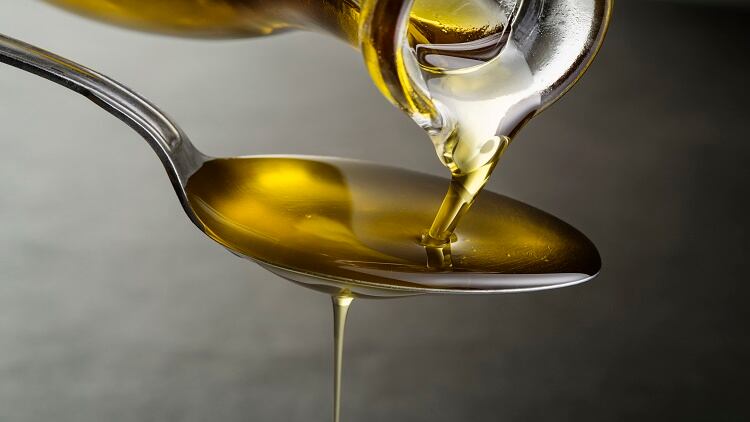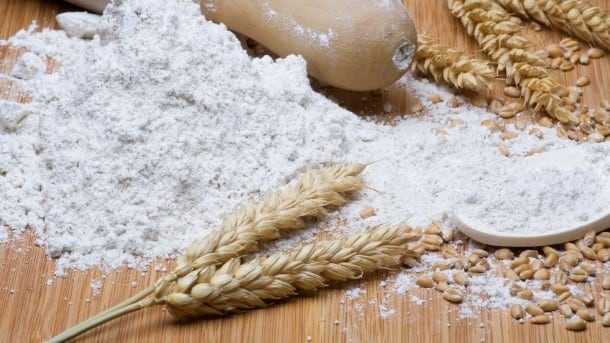The food regulator said that fortification rate had gained momentum, achieving a fortification rate of 47% in vegetable oil and 36.6% in milk.
“[At present], 47% of the vegetable oil produced by top players in the refined packaged oil industry and 36.6% of the milk in the organised sector are being fortified,” a spokeswoman said in response to queries from NutraIngredients-Asia.
The fortification rate in milk had increased from 21% in August last year, while that of edible oil remained constant.
Food fortification is performed on a voluntary basis in India, while the FSSAI has been urging firms to fortify staples since 2017.
Today, aligning supply and demand of fortified staple is identified as a key challenge in scaling up fortification, according to the spokeswoman.
“Fortification in the open market is voluntary and there are no set targets for now, however, the industry, especially the oil and milk sectors have taken up fortification as a best practice and industry norm.”
About a year ago, FSSAI’s push for mandatory fortification was also heavily criticised by edible oil firms. The main contention surrounded the extra cost incurred and the feasibility of a mandatory edible oil fortification program.
Others said that it was scientifically impractical to fortify edible oil, since the bioavailability of added vitamins and minerals would be lower or non-existing after cooking.
Different staples, different fortification rate
Wheat, rice, and salt are also part of India’s food fortification scheme.
Asked the fortification rate for these staples, the spokeswoman described the markets as being “very fragmented”.
She revealed that there were 12 top and medium level players fortifying wheat flour.
Another two companies are selling fortified rice in the open market and about 12 suppliers are selling double fortified salt sold across the Indian states and in the open market.
She added that FSSAI has been working with major national programmes led by the Indian government to push for the integration of food fortification.
For instance, food fortification has been identified as a key intervention in POSHAN Abhiyaan, Anaemia Mukt Bharat, and the Eat Right India Movement.





